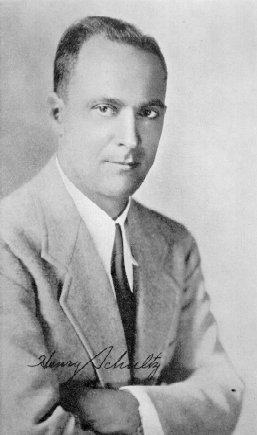| Profile | Major Works | Resources |
Henry Schultz, 1893-1938.

Born in Tsarist Russia, Henry Schultz came from a Polish family that emigrated to New York not long after his birth. Shultz received his B.A. from City College, and went on to study at Columbia, under Henry L. Moore. His studies were interrupted by the war and a sojourn in London. Schultz only received his Ph.D. in 1926, by which time he was already an established scholar. He joined the University of Chicago that same year (1926).
Henry Schultz was a leading Walrasian in the United States, a pioneer in the introduction of quantitative methods into economics and one of the prominent members of the early Chicago School before his sudden death. Indeed, it was tragic disappearance that induced the University of Chicago to invite the Cowles Commission as a "substitute" for Schultz.
Following Moore's lead, Schultz spent much of his short-lived career attempting to statistically estimate demand and supply functions for various products in all the multi-market complexity of Walras's general equilibrium system. His efforts are best captured in his two most famous studies (1928, 1938). His work on the application statistical methods to economic subjects laid much of the groundwork for later econometrics. Shultz (1930) introduced "cobweb theorem" to explain commodity cycles.
|
Major works of Henry Schultz
|
HET
|
|
Resources on Henry Schultz
|
All rights reserved, Gonçalo L. Fonseca
